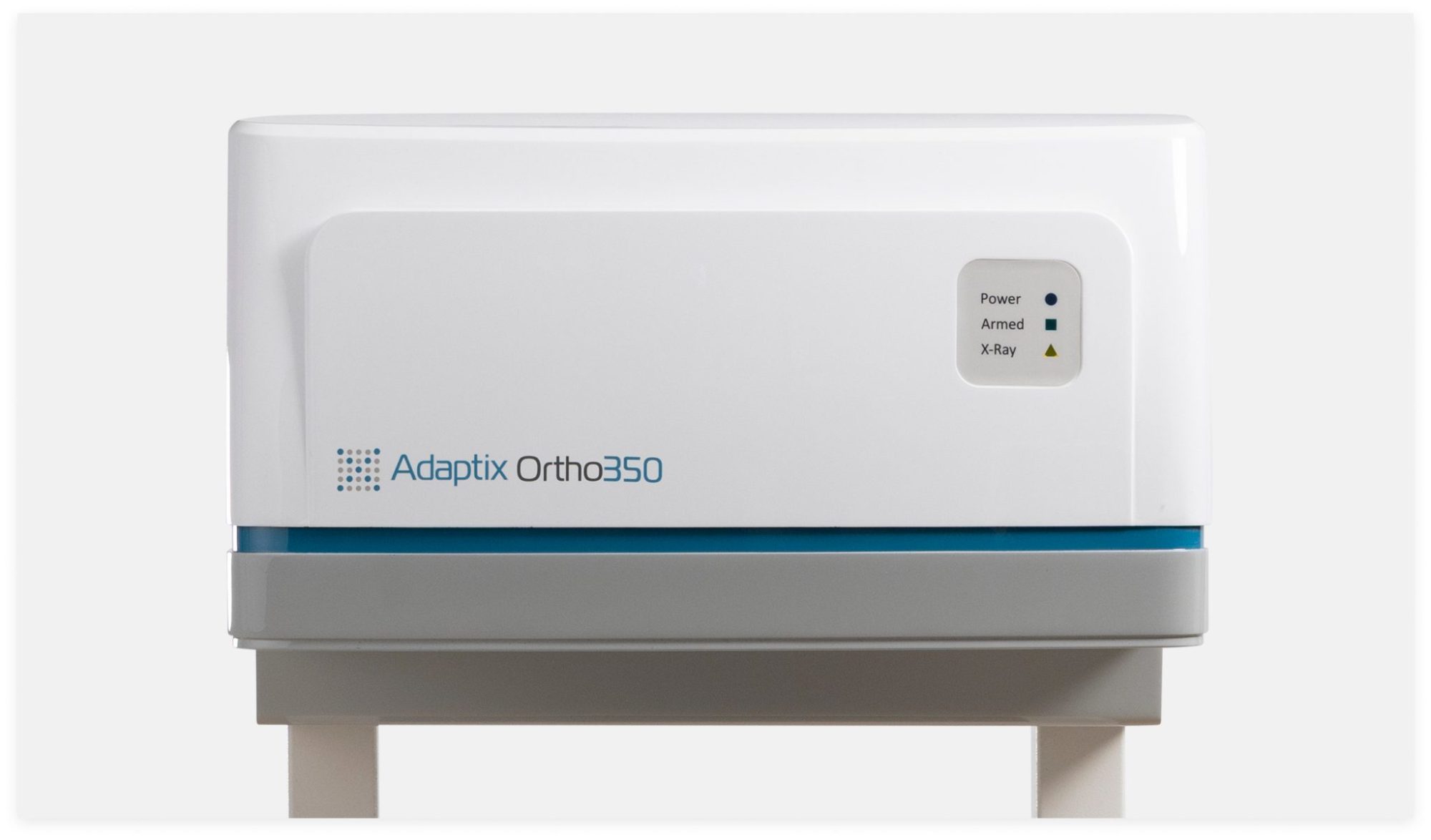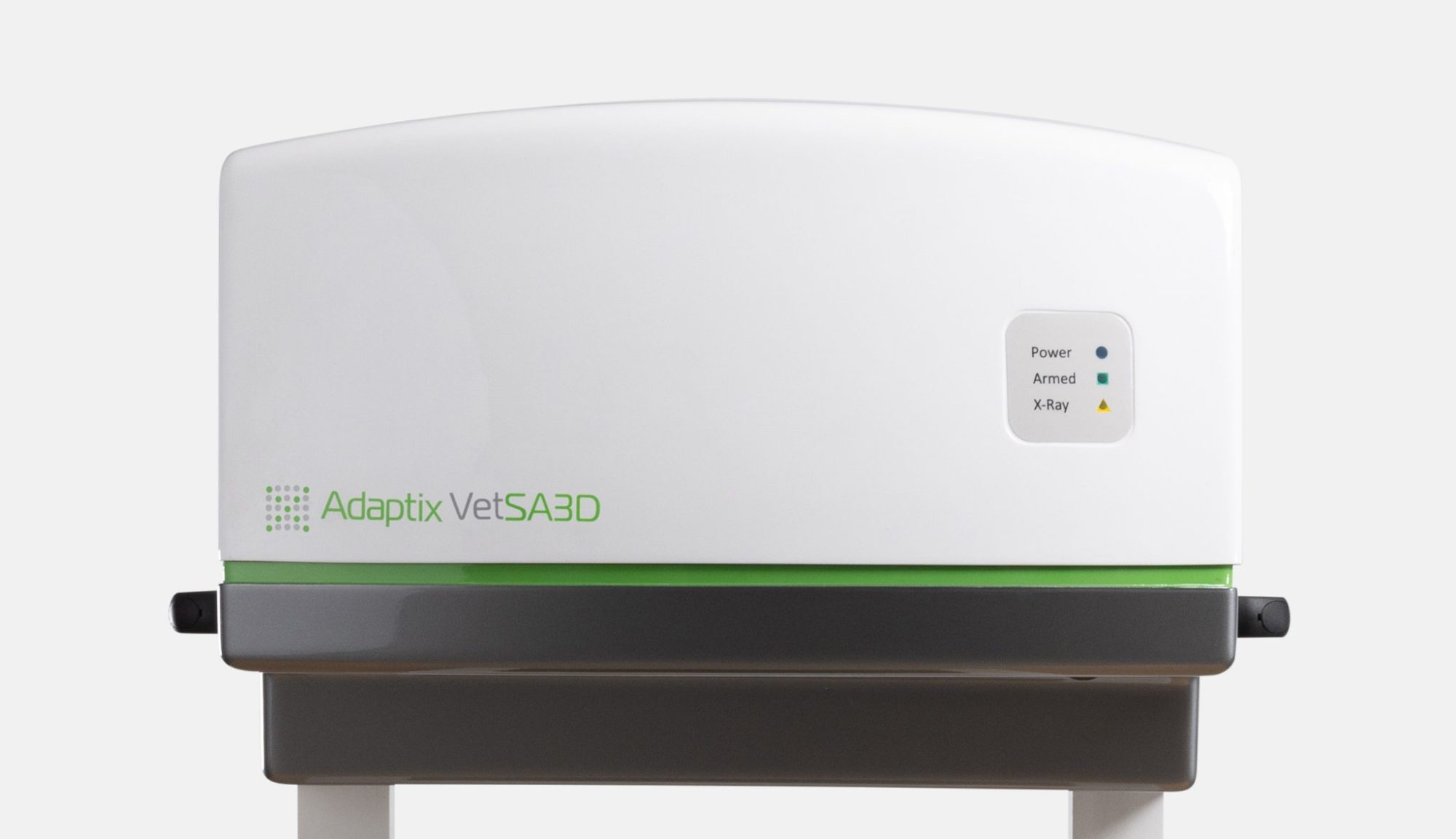Our Technology.
Digital Tomosynthesis (DT) using conventional X-ray systems has already demonstrated its clinical potential beyond breast imaging. DT helps to better characterize equivocal lesions in planar chest X-rays and can optimize the use of CT resources.
How Adaptix DT 3D Works.
Sharper 3D Insights.
Previous DT had limited depth resolution which could lead to difficulties in localizing some structures. However, the Adaptix DT 3D technology ‘sweeps’ in two dimensions, enhancing ‘z’ resolution relative to conventional DT.
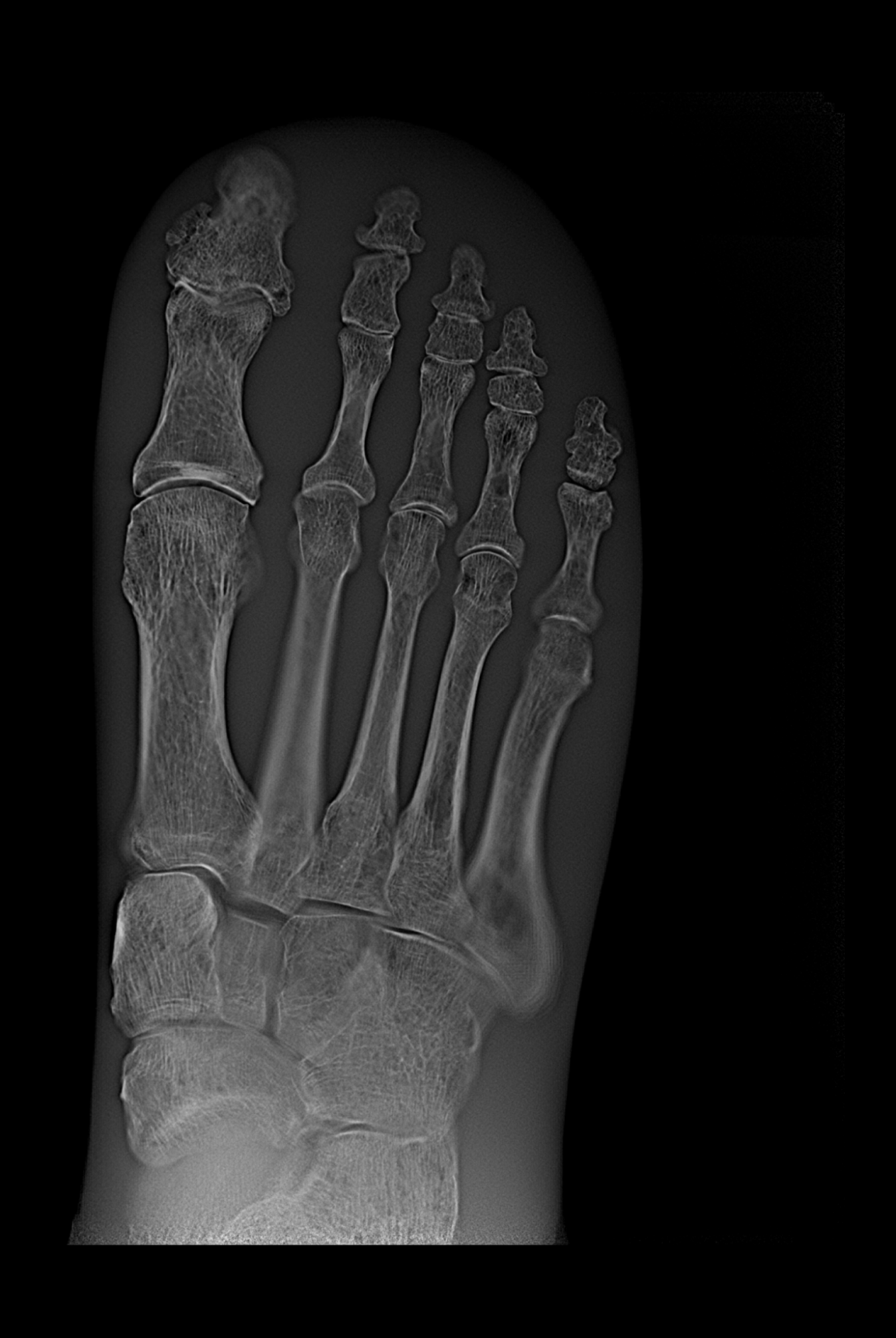
From Hospital to Point-of-Care.
Traditionally DT systems are not mobile, therefore cannot be used for point-of-care diagnostics. They are also too large and expensive to be deployed in primary care or out-of-hospital settings.
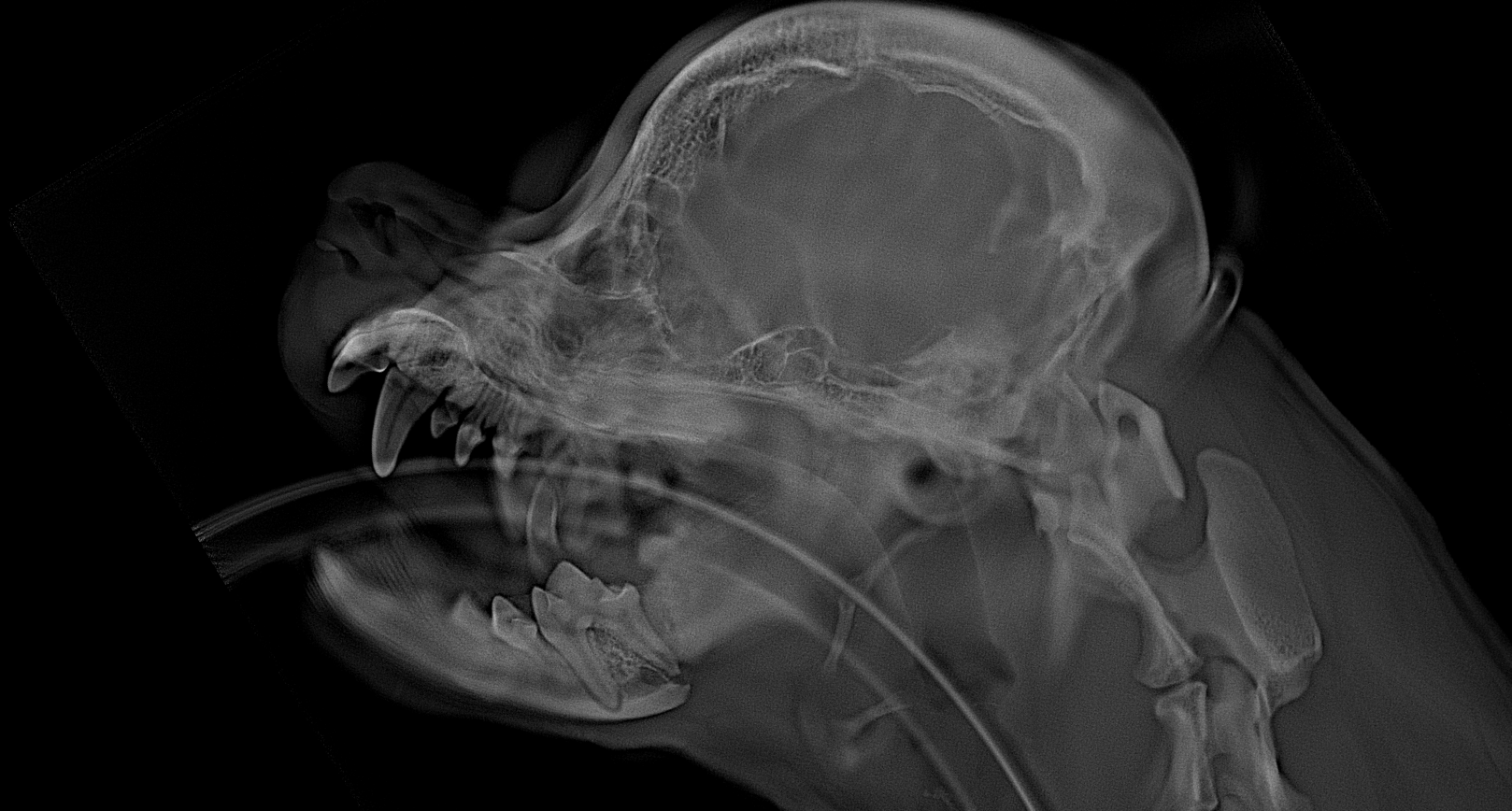
Affordable Imaging, Anywhere.
Adaptix technology is designed to enable low-cost systems for widespread deployment beyond hospitals, into primary care, and non-medical applications.
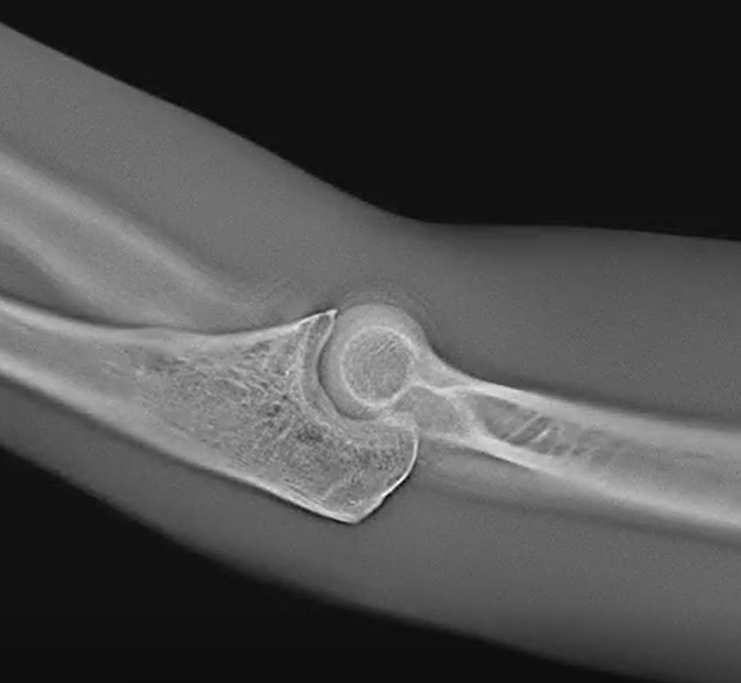
High-Quality Slices in Seconds.
Using novel image reconstruction techniques, enabling extremely quick analysis. The approach uses back projection together with a ramp-filter and is substantially less memory-intensive than other techniques that reconstruct the volume as a whole, such as CT.
With noise and artefact reduction techniques and the ability to reconstruct slices in super-resolution improve quality, while computational optimization ensures that the method is fast.
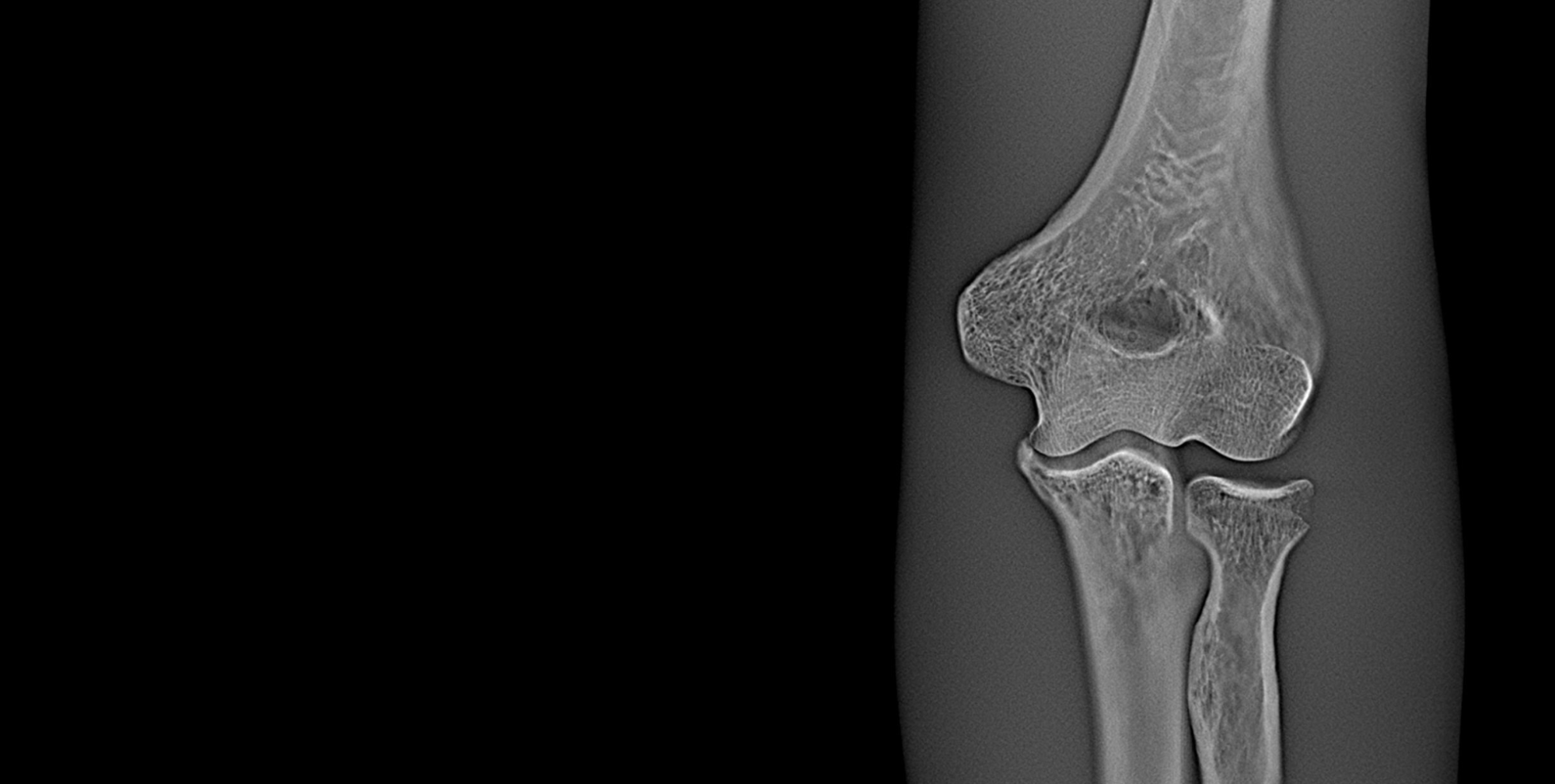




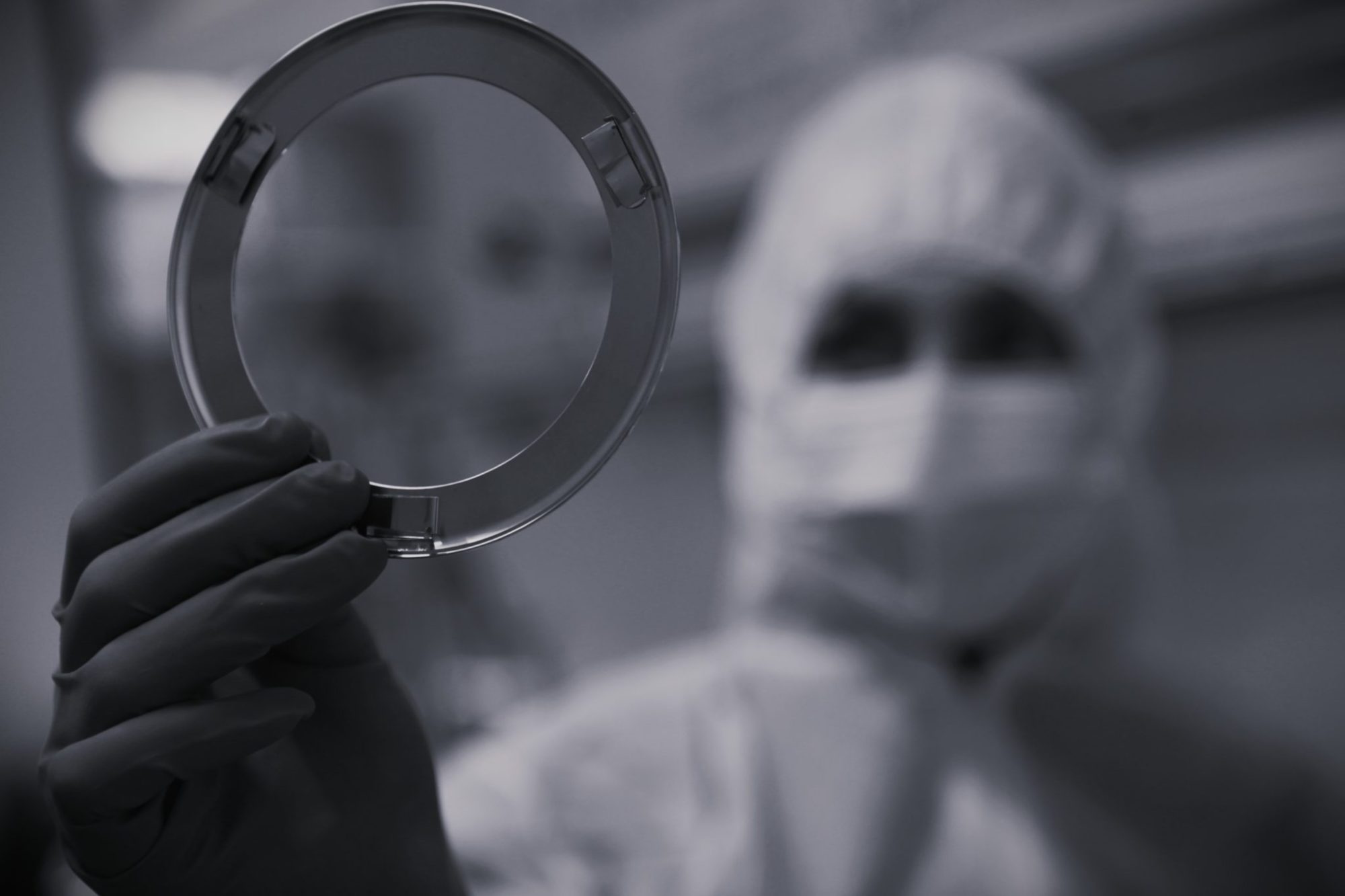
Technology Development & Collaborations.
Our facilities include an on-site prototyping shop, clean rooms, precision assembly labs and X-Ray testing labs.
Our development team focuses on translating our own research into prototypes and products whilst our team of engineers and technicians use their extensive knowledge of materials and systems to design and build our products. We follow iterative development models, quickly incorporating test data into new revisions.
Collaborations include the National Physical Laboratory (NPL) in assessing device performance. Various academic collaborations for research with Oxford University, Exeter university, Liverpool University, Cranfield University and the Cockcroft Institute. Plus, industrial collaborations with major industry primes.
Research & Development.
Adaptix is focused on transforming radiology. We recognize that outside of healthcare, there are additional opportunities for our X-ray technology.
Our research efforts seek to develop a range of capabilities, building on our core technologies, including electron beam production and control through field emission, X-Ray conversion and collimation, vacuum enclosures, and support systems such as embedded electronics and high-voltage generation.
Adaptix’s R&D facility is located at Oxford University’s Begbroke Science Park. Work is also conducted at the state-of-the-art facilities at Rutherford Appleton Laboratory, on the Harwell Science and Innovation Campus.

